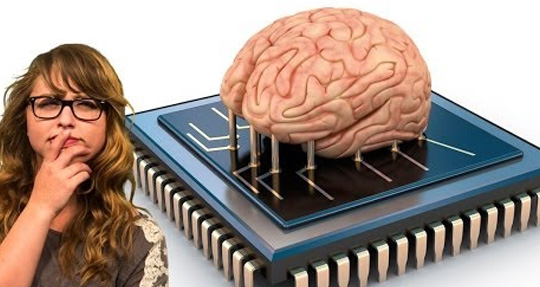How far would you go to keep your mind from failing? Would you go so far as to let a doctor drill a hole in your skull and stick a microchip in your brain?
It’s not an idle question. In recent years neuroscientists have made major advances in cracking the code of memory, figuring out exactly how the human brain stores information and learning to reverse-engineer the process. Now they’ve reached the stage where they’re starting to put all of that theory into practice.
Last month two research teams reported success at using electrical signals, carried into the brain via implanted wires, to boost memory in small groups of test patients. “It’s a major milestone in demonstrating the ability to restore memory function in humans,” says Dr. Robert Hampson, a neuroscientist at Wake Forest School of Medicine and the leader of one of the teams.
The research is funded by the Defense Advanced Research Projects Agency, which sees brain implants as a life-changing technology for the 270,000 American soldiers who have suffered a traumatic brain injury in combat. The possible applications go much further, however. Brain implants could also change the lives of millions of Americans battling Alzheimer’s disease and other cognitive disorders, or even help stave off the mental decline that we all confront as we get older.
Interested? But why go through a highly invasive and dangerous procedure? Why needlessly spend thousands of dollars to do so? Not when there’s a safe, non-invasive alternative—with no negative side effects, at a fraction of the cost. Plant seeds in your garden, not devices in your brain. Learn how the CES Ultra can help you.

